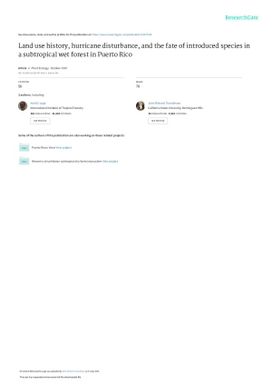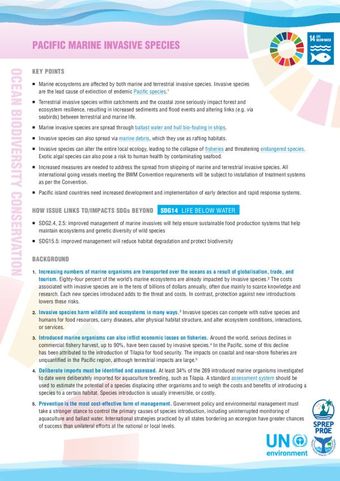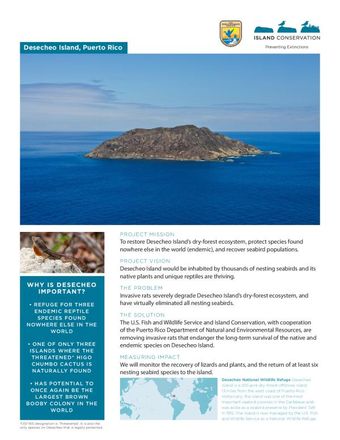Land use history, hurricane disturbance, and the fate of introduced species in a subtropical wet forest in Puerto Rico
- Description:
- Tropical forests are suffering from increasing intensities and frequency of disturbances. As a result, non-native species accidentally introduced or intentionally planted for farming, plantations, and ornamental purposes may spread and potentially invade undisturbed native forest. It is not known if these introduced species will become invasive, as a result of recurrent natural disturbances such as hurricanes. Using data from three censuses (spanning 15 years) of a 16-ha subtropical wet forest plot, we investigated the impact of two hurricanes on populations of plant species that were planted in farms and plantations that were then abandoned and from the natural spread of species introduced into Puerto Rico in the past. The populations of four species (Citrus paradis, Mangifera indica, Musa sp., and Simarouba glauca) changed little over time. Six species (Artocarpus altilis, Calophyllum calaba, Genipa americana, Hibiscus pernambucensis, Syzygium jambos, and Swietenia macrophylla) declined between the first two censuses after Hurricane Hugo, then increased again in Census 3 after Hurricane Georges. Spathodea campanulata gradually increased from census to census, while Coffea arabica declined. These introduced species represent only a small part of the forest basal area and few show signs of increasing over time. The number of stems per plant, new recruits, and the growth rates of these introduced species were within the ranges of those for native plant species. The mortality rates over both census intervals were significantly lower for introduced species (
- Display date:
- 2007
- Location:
- Worldwide
- Collections:
- Secretariat of the Pacific Regional Environment Programme (SPREP)
- Publisher:
- Springer
- Content partner:
- Secretariat of the Pacific Regional Environment Programme (SPREP)
- Availability:
- Not specified
-
Copyright status: All rights reservedFind out more about what you are able to do with this itemThis item is all rights reserved, with means you'll have to get permission from Secretariat of the Pacific Regional Environment Programme (SPREP) before using it. For more information, please see our use and reuse page.What can I do with this item?Non-infringing useNZ copyright law does not prevent every use of a copyright work, and this item may be hosted by an international institute or organisation. You should consider what you can and cannot do with a copyright work.No sharingYou may not copy and/or share this item with others without further permission. This includes posting it on your blog, using it in a presentation, or any other public use.No modifyingYou are not allowed to adapt or remix this item into any other works.No commercial useYou may not use this item commercially.
Related items
Welcome and warm Pasifik greetings
The information on this site has been gathered from our content partners.
The names, terms, and labels that we present on the site may contain images or voices of deceased persons and may also reflect the bias, norms, and perspective of the period of time in which they were created. We accept that these may not be appropriate today.
If you have any concerns or questions about an item, please contact us.


